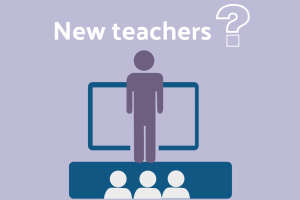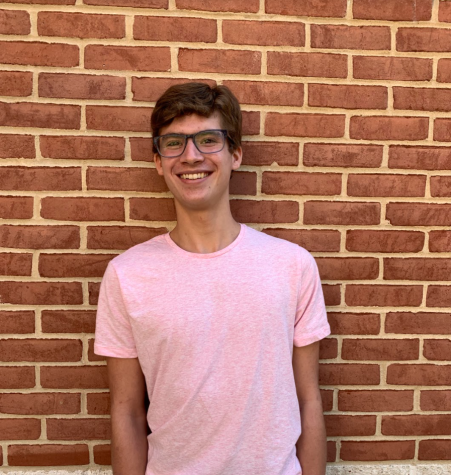CON: Familiar teachers lead to a productive environment
March 31, 2021
When I was but a scrawny freshman, the scariest day of the school year was the first Monday of the second semester. Just when I thought I was used to my schedule, I found myself aimlessly wandering the halls in search of all my new classes. Between my reconfigured course load and batch of unfamiliar teachers, I felt as if the school year was starting over. Meeting new teachers excited me, but being thrown into all new classes was terrifying. With an entirely different set of teachers and classmates from the first semester, it took the remaining two marking periods for me to feel comfortable around my peers; and by that time, we had already reached the end of the school year.
Whitman administration should strive to ensure that students keep their same teachers and classmates through both semesters in order to promote a productive and collaborative learning experience. Doing so will allow students to build long-term relationships with their teachers and establish strong, comfortable connections with their peers.
An abrupt switch of schedule halfway through the year makes it impossible for students and teachers to forge long-standing relationships.
“If you could make year-long bonds with different teachers, they’re going to get to know you on a much deeper level,” sophomore William Hallward-Driemieier said. “You’re having a much bigger, better connection.”
Student-teacher relationships form the basis of a beinficial education. Students’ comfort with teachers is crucial; it makes them feel safe and through that sense of security, encourages them to participate in class. Relationships which develop over an entire year rather than a few months help students view teachers as more than lecturers. Students begin to view them as mentors and even friends. However, these bonds are difficult to form when students and teachers only spend a single semester together.
A semester switch is just as problematic for teachers as it is for students. Teachers, just like high schoolers, need time to adapt to their classes. It is much more difficult to know which students have certain learning preferences when relationships begin and end over an 18-week period.
“It just disrupts things,” math teacher Michelle Holloway said. “After the first semester, you get used to your teacher.”
Changing teachers each semester also undermines collaborative learning, as students are forced to find new classmates for academic partnerships. By the second semester, students have to begin the process of networking with their classmates again.
“After a semester, I feel comfortable with my classmates” said Hallward-Driemieier. “I’m willing to share and if we go into groups, there’s no awkward silence. Now that we’re in the second semester, because we have different different classes, when we are put in breakout rooms, a lot of people are just sitting there, silent.”
The coronavirus pandemic has only exacerbated this problem. The reduced number of weekly classes for any given subject — a mere two, down from the typical five of in-person years — has already made it extremely difficult for students to build connections with their peers. But by the end of first semester, I knew which of my peers in each class to reach out to with questions about homework or in-class material. However, the recent change in teachers and class periods meant that, in some classes, I have been unable to find the help I need from peers.
Some argue that switching classes each semester gives students an opportunity to meet new people and encounter new teaching styles. Yet even without changing teachers, students are still able to interact with dozens of educators and hundreds of peers, regardless of whether or not they share a classroom. Allowing students to stay with the same teachers for an entire year gives them a way to grow and build helpful year-long relationships.
The beginning of the school year is when we should be figuring out how to learn best in each of our classes; the second semester shouldn’t be the same way. We waste valuable learning time by essentially having two beginnings of the year.
“It’s really important for success in a class,” Hallward-Driemieier said. “Once a teacher knows you, they know what you are good at and when you need help.”











Victor Zarb • Jan 7, 2023 at 2:36 am
Hi
As with regards to the issue, I couldn’t agree more. I am a lecturer myself, and when my students encountered the change of lecturers for the second semester, including a so called ‘project’ of mixed classes, it felt totally disruptive, and moreover demotivating for them, and also for myself as their lecturer for the first semester. Furthermore, I had also promised them that I was going to be their lecturer throughout the two semesters (according to the curriculum), and so they were simply devasted when they were informed otherwise. The special bond we had built, and also the formidable pedagogical approach applied, were literally destructed.
I sincerely hope that this does not happen in any educational institution in the future, as it would hinder all the beneficial and collaborative approach between lecturers and students.